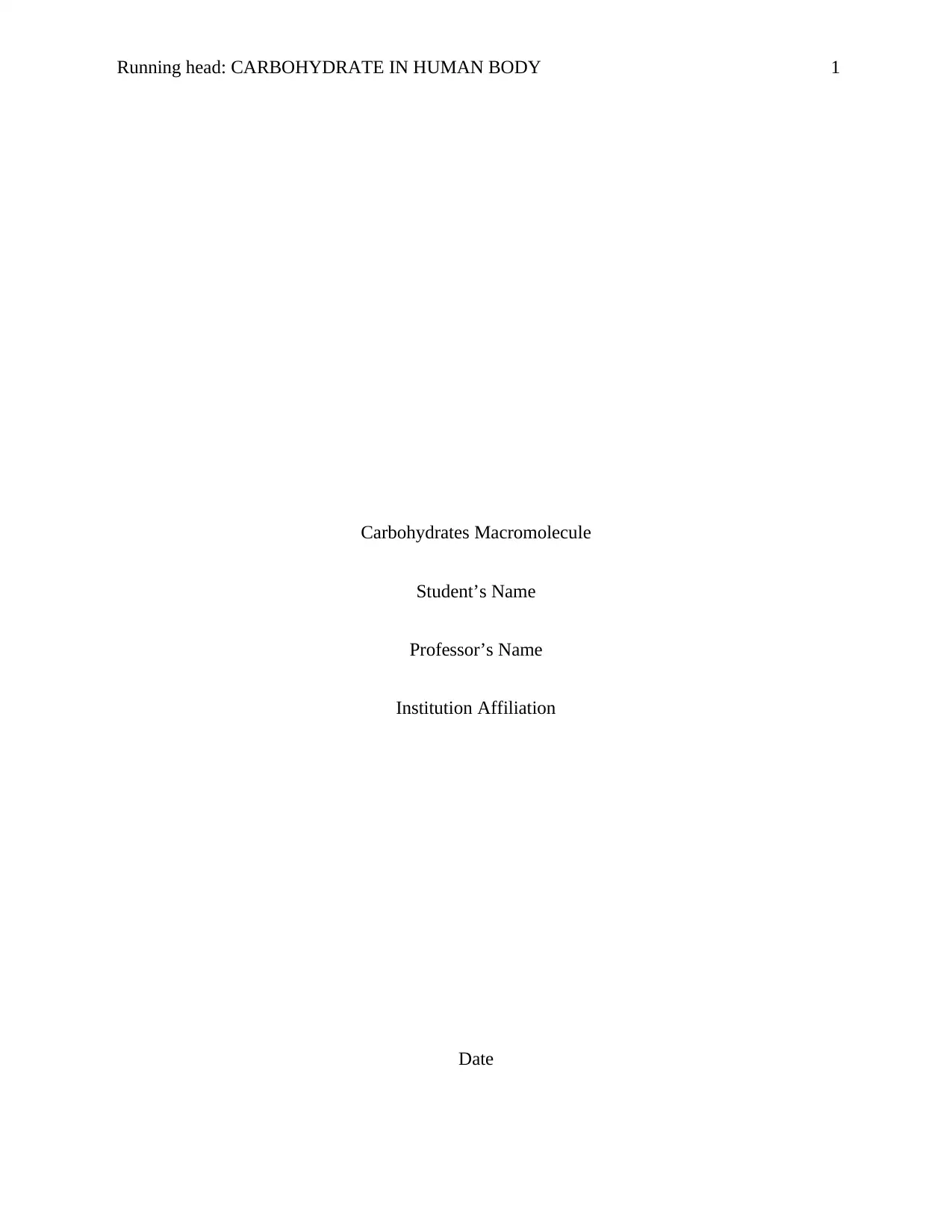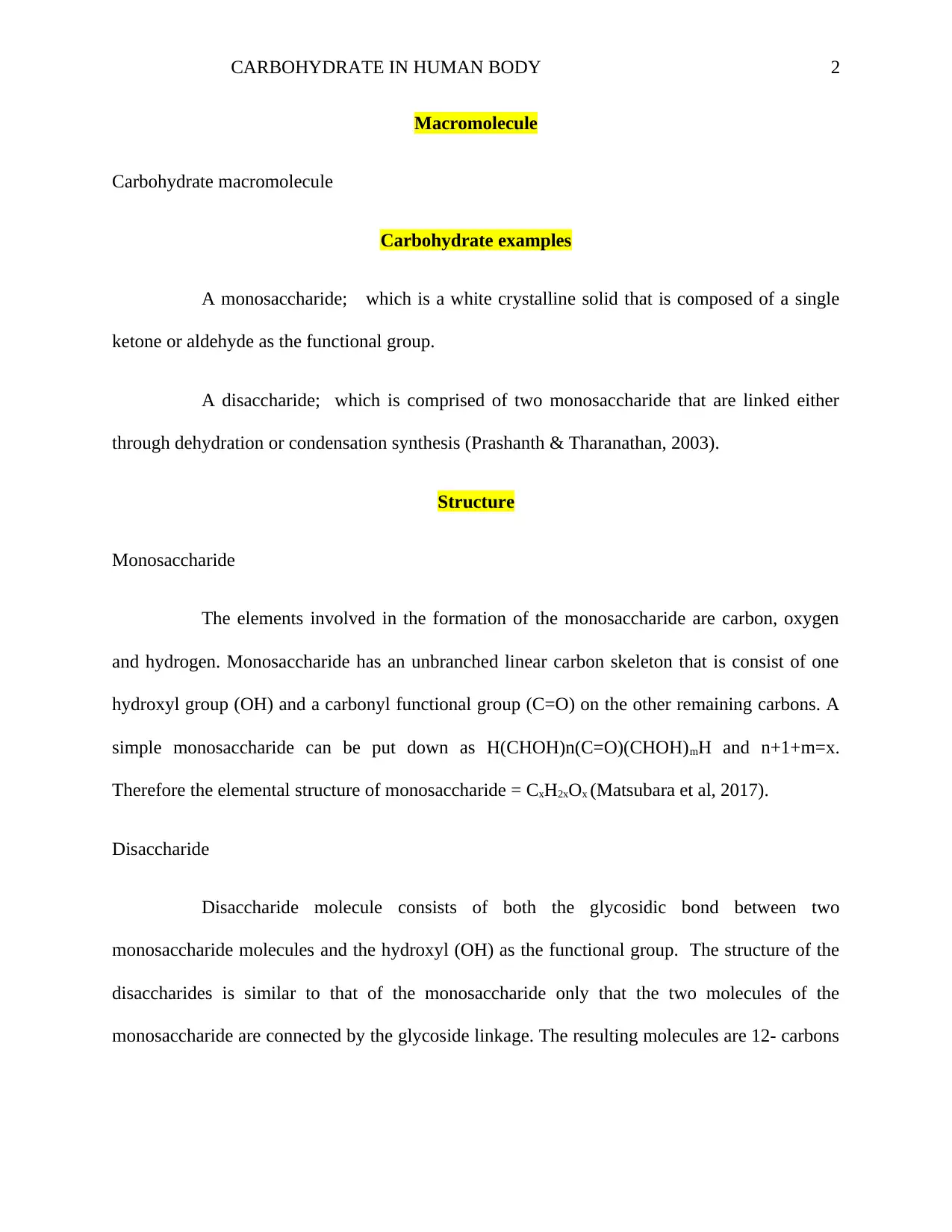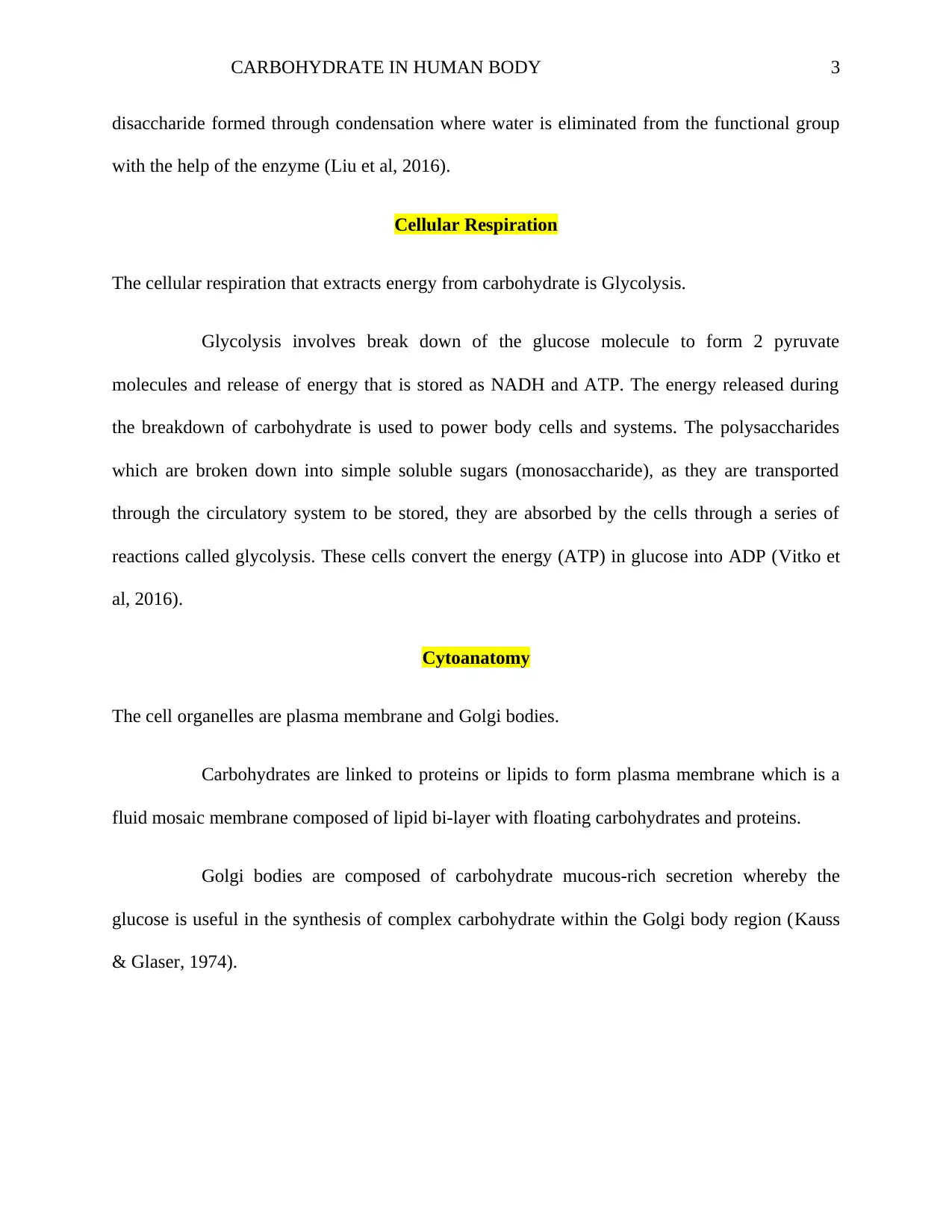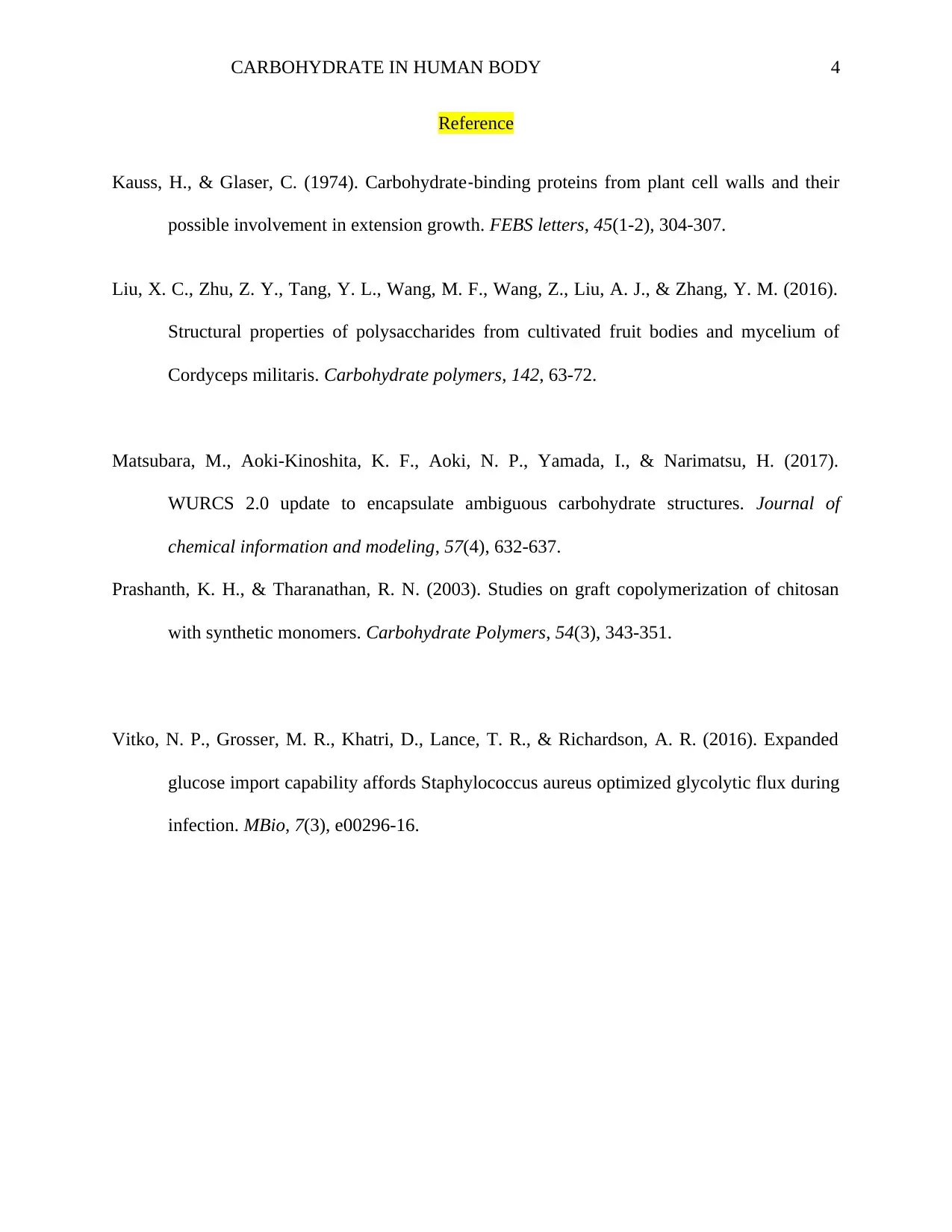Carbohydrates Macromolecule
VerifiedAdded on 2023/04/20
|4
|675
|77
AI Summary
This document provides information about carbohydrates as a macromolecule, including their structure, examples, and their role in cellular respiration and cytoanatomy.
Contribute Materials
Your contribution can guide someone’s learning journey. Share your
documents today.
1 out of 4









![[object Object]](/_next/static/media/star-bottom.7253800d.svg)